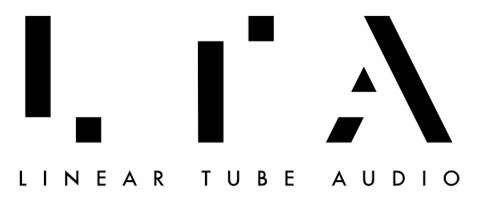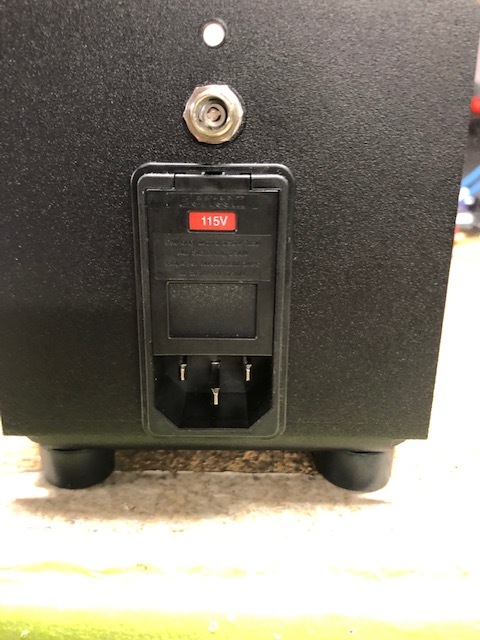Linear Tube Audio uses a custom, LTA branded remote to control volume and other amplifier functions. Your remote should be paired to your unit when it arrives.
If you need to re-connect the remote, follow these steps:
Turn the LTA unit on.
Point the remote control at the unit at a close distance, 3-5 feet is fine, ensuring nothing is in between the remote and the unit.
Press and hold the Next Input (>) button on the remote for 20-30 seconds.
“Remote Programmed” will scroll across the LED display on your unit when pairing is complete.
Please note that only one remote type may be used with our products at a time so the Apple remote and LTA branded remote will need to be paired separately.
If you have trouble with the LTA branded remote, insert a fine instrument (like a paperclip) into the back of the aluminum housing to push out the remote membrane circuit board and inspect the battery.
The video below explains how to pair the legacy Apple remote. Follow the above instructions for pairing the black LTA remote.
Related FAQs





